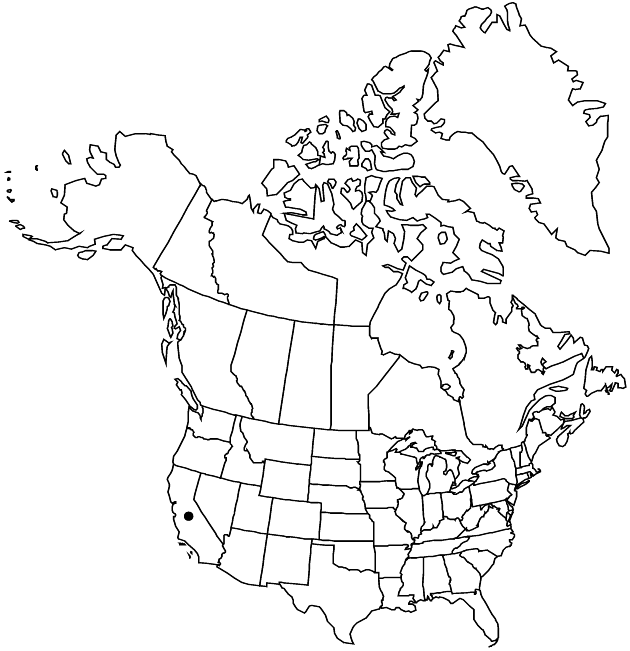Difference between revisions of "Baccharis plummerae"
Proc. Amer. Acad. Arts 15: 48. 1879.
FNA>Volume Importer |
imported>Volume Importer |
||
| Line 6: | Line 6: | ||
|place=15: 48. 1879 | |place=15: 48. 1879 | ||
|year=1879 | |year=1879 | ||
| + | }} | ||
| + | |special_status={{Treatment/ID/Special_status | ||
| + | |code=E | ||
| + | |label=Endemic | ||
}} | }} | ||
|basionyms= | |basionyms= | ||
| Line 54: | Line 58: | ||
|publication title=Proc. Amer. Acad. Arts | |publication title=Proc. Amer. Acad. Arts | ||
|publication year=1879 | |publication year=1879 | ||
| − | |special status= | + | |special status=Endemic |
| − | |source xml=https:// | + | |source xml=https://bibilujan@bitbucket.org/aafc-mbb/fna-data-curation.git/src/bb6b7e3a7de7d3b7888a1ad48c7fd8f5c722d8d6/coarse_grained_fna_xml/V19-20-21/V20_22.xml |
|tribe=Asteraceae tribe Astereae | |tribe=Asteraceae tribe Astereae | ||
|genus=Baccharis | |genus=Baccharis | ||
Revision as of 21:47, 27 May 2020
Subshrubs or shrubs, 60–200 cm (loosely branched, rounded and bushy, ± herbaceous distal to woody bases). Stems erect, simple, slender, wandlike, striate, villous or glabrate, glandular or eglandular. Leaves present at flowering; sessile; blades linear to oblong or oblanceolate, 8–55 × 1–13 mm, bases cuneate, margins sharply serrate (teeth fine, sharp, bristly), apices obtuse, faces densely villous or adaxial sometimes glabrate or glabrous. Heads (50–100+) in compact paniculiform or corymbiform arrays. Involucres campanulate; staminate 4–6 mm, pistillate 6–8.5 mm. Phyllaries lanceolate, 2–6 mm, margins scarious, medians green (villous), apices acute to acuminate, ciliate, sometimes glandular. Staminate florets 19–26; corollas 4–7 mm. Pistillate florets 20–30; corollas 3.5–5 mm. Cypselae 2.5–3.6 mm, 5-nerved, villous, viscid; pappi 7–8.5 mm.
Discussion
Subspecies 2 (2 in the flora).
Baccharis plummerae is recognized by the bushy habit, wandlike, densely villous or glabrate stems, narrowly oblong leaves with sharply serrate margins, and densely villous or glabrate leaves, phyllaries, and cypselae. It is morphologically similar to B. malibuensis.
Selected References
None.
Key
| 1 | Stems villous, eglandular; leaves (3–)5–13 mm wide | Baccharis plummerae subsp. plummerae |
| 1 | Stems glabrate, glandular; leaves 1–2(–3) mm wide | Baccharis plummerae subsp. glabrata |
